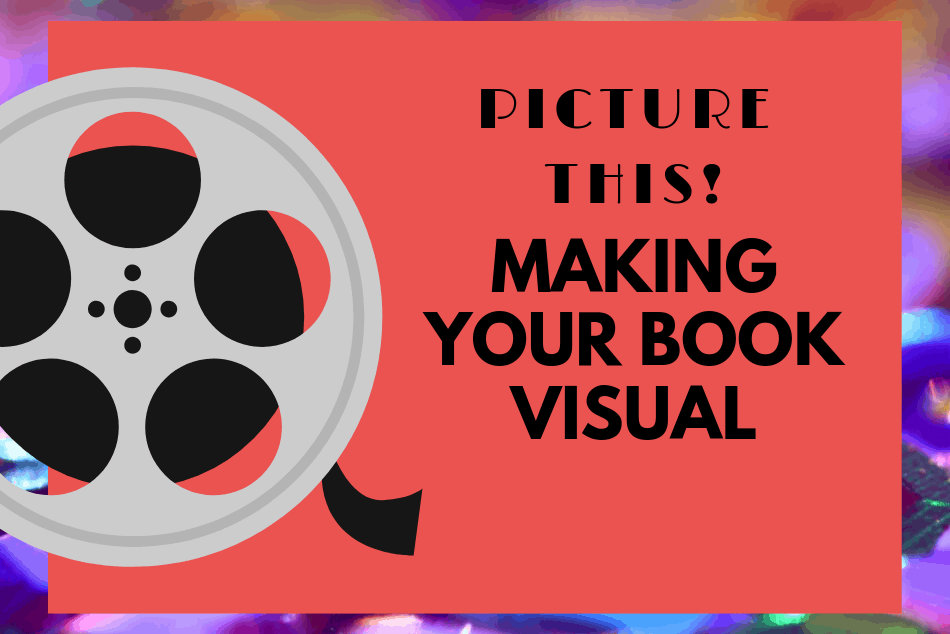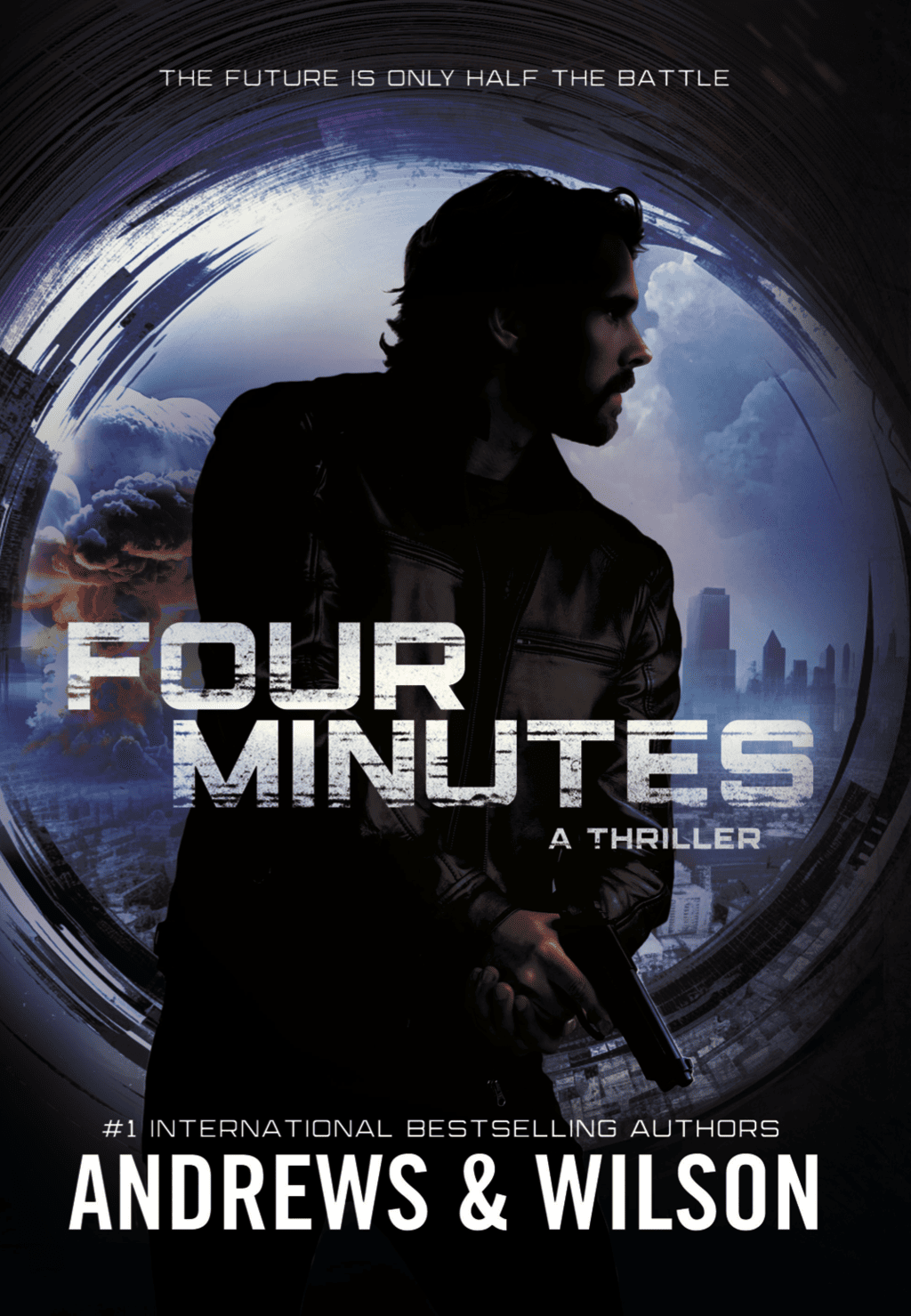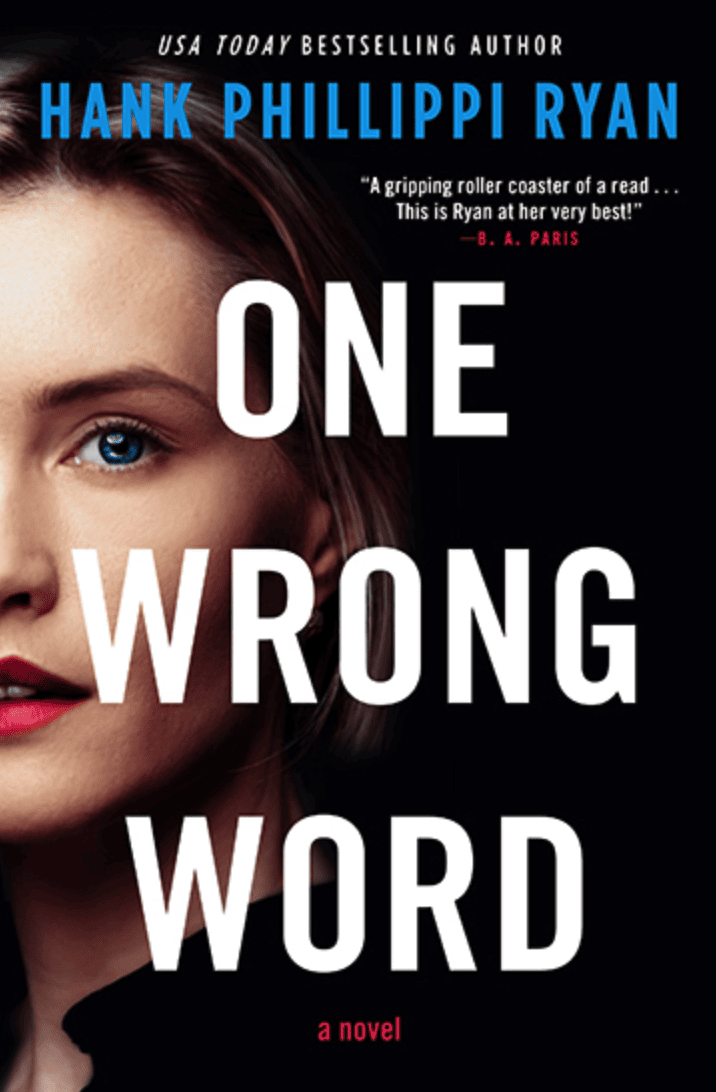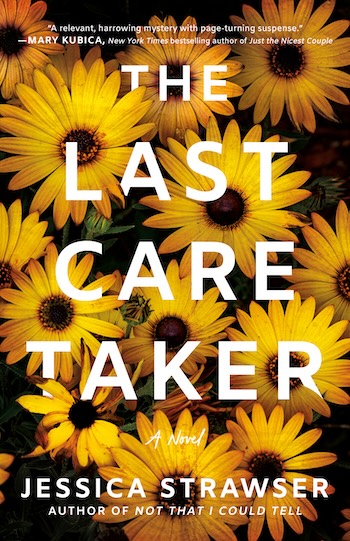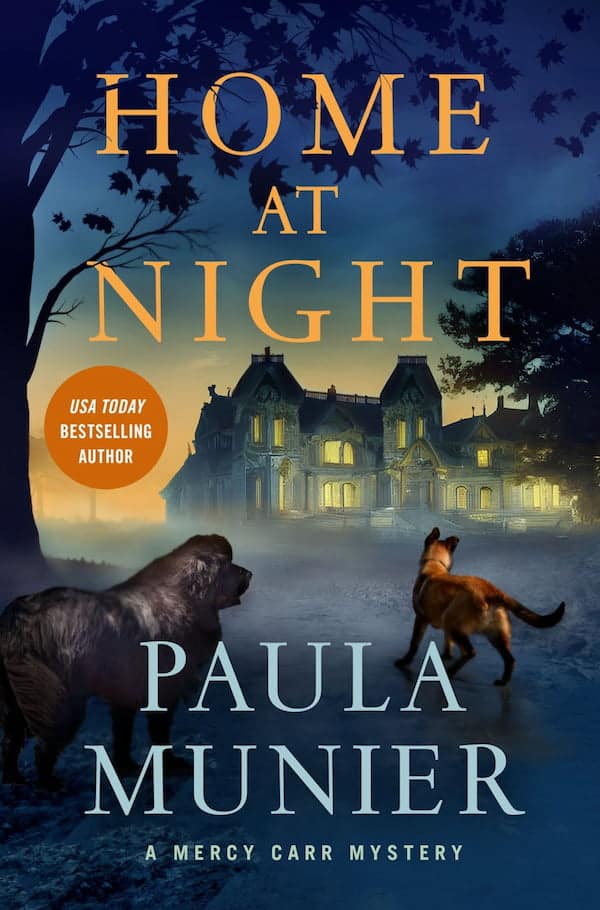by Hank Phillippi Ryan
What’s the best thing a reader could tell you? How about this: “Oh, I love your book,” they say. “I could just SEE it!” Perfect perfect perfect. You have created such a cinematic story that it’s unspooled like a movie in their mind. That connection between words and pictures has evolved seamlessly in their imagination, your fictional word so vivid it actually seemed as if they were seeing it.
Because I work in TV, I think of this every day. And the better the pictures, the better the story. Great video, we say! Terrific shot!
So there you sit, writing your novel. But think of yourself as a television reporter.
Because although it looks like you’re just typing words, that’s not true. You’re typing pictures. Your goal is to draw the reader into your world, right? To make it so real that they can—you know what I’m going to say. They can “see” it.
Thinking in pictures, in video, in cinematography, can make your stories come to life. Here are some ways to do that.
Choose a location that’s fascinating
“Write to the video,” we say in TV. In your novel, see what word-video you can create to make your world come alive.
For instance, in an early version of one book, I had my reporter-character looking up boat registrations the way a reporter would really do it. In her office, sitting at her computer.
Picture that. Charlie at her computer? BORING.
Instead, I had her ride a rattletrap fake-strawberry-smelling cab through the rutted winding streets of Boston’s North End, covering her ears to the staticky music blaring through the speakers, get out at the blustery salt-aired waterfront, seagulls shrieking, and head into the brick and brass Coast Guard building. Past the gorgeous petty officer patting her down at the metal detector, and down the institutional, portrait-lined staircase to a musty file room where the boat registrations are kept.
You—get the picture. (And you get sights, sounds, smells, motivation, character development, suspense, action and setting.)
Use your best video first
We have to, on TV, or else viewers will change the channel. The victim yelling. The mother crying. The puppy rescued. The flames. The police grabbing the suspect. The courtroom in an uproar over the verdict. (You can always show it again!)
Same in writing. If you don’t grab the readers with a compelling beginning, a magic moment, they’ll put the book down.
We’d never start with a picture of a meeting. We’d never start with what we call “wallpaper video”—just generic nothing so we’re not talking over black. We’d never start with file footage—that’s just boring backstory.
Why would you do that in your book?
Think about focal length
Focal length? Yeah. When my photographer and I arrive at a fire, for instance, I know the photog is going to shoot wide shots, for context. Medium shots, so we can see the action. And close-ups, so we can see the ice on the firefighters’ uniforms, their heat-singed faces, the soot smudges on their uniforms, the anxious expressions of the victims as they watch their home in flames.
Same in your novel. Vary the focal length. You can’t understand context without a wide shot—but you wouldn’t want every description to be wide, you’d never be able to understand what was going on. You need close-ups for emotion and personality—but using all close-ups prevents you from seeing the big picture.
The camera will pan across the action…letting you see the panorama. Do you do that in your writing? The camera will also start wide, and then zoom in. Ah. That lets you see the big picture, then pinpoint exactly what you want to highlight.
Look for the people angle
Television reporters also say: “look for the people angle.” It’s easy to shoot exteriors. Empty rooms. Pieces of paper. You’ve seen that on the news, right? Boring. But think about the people–your characters–who inhabit your world. If you’re looking for the people angle, you’re writing about them.
For instance, I’ve done TV stories about demutualization of insurance companies. Eminent domain. Tax abatements. Doomed to be boring, right? But then I thought: who does this affect? Who will care? How will they change? What will happen to their lives?
In THE MURDER LIST, there’s one scene in a jury room. Boring “process,” potentially, but necessary. But what if someone has a sick child at home? Someone else forgot her medication? Someone has ulterior motives? A hidden camera? What if the court officer is eavesdropping?
When you add people to the equation, suddenly the driest of subjects or location takes on depth and meaning and import.
Producing a story for television is like making a little movie. Writing a novel is like making a movie, too.
Because that’s exactly what we can do as authors, even though the video we shoot and the movies we create exist in our own heads. If we’re lucky and if we’re careful, we can show our readers how to see those wonderful pictures, too.
How do you use your best video? Let’s talk about it on the Career Authors Facebook page.

